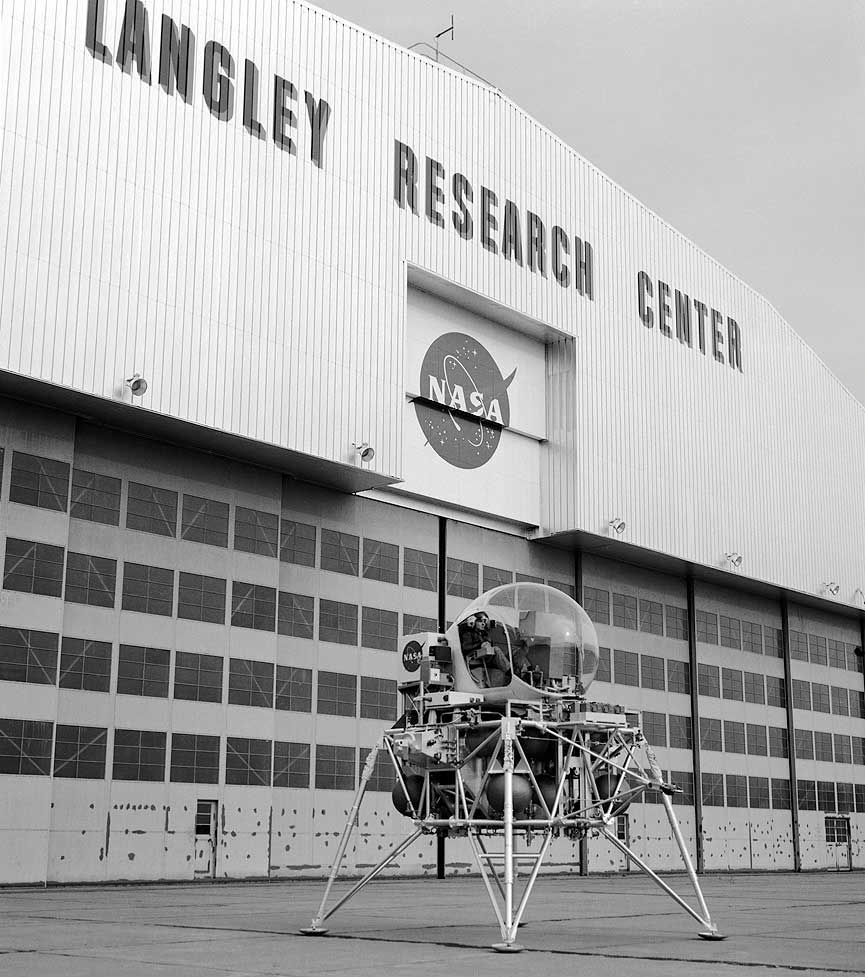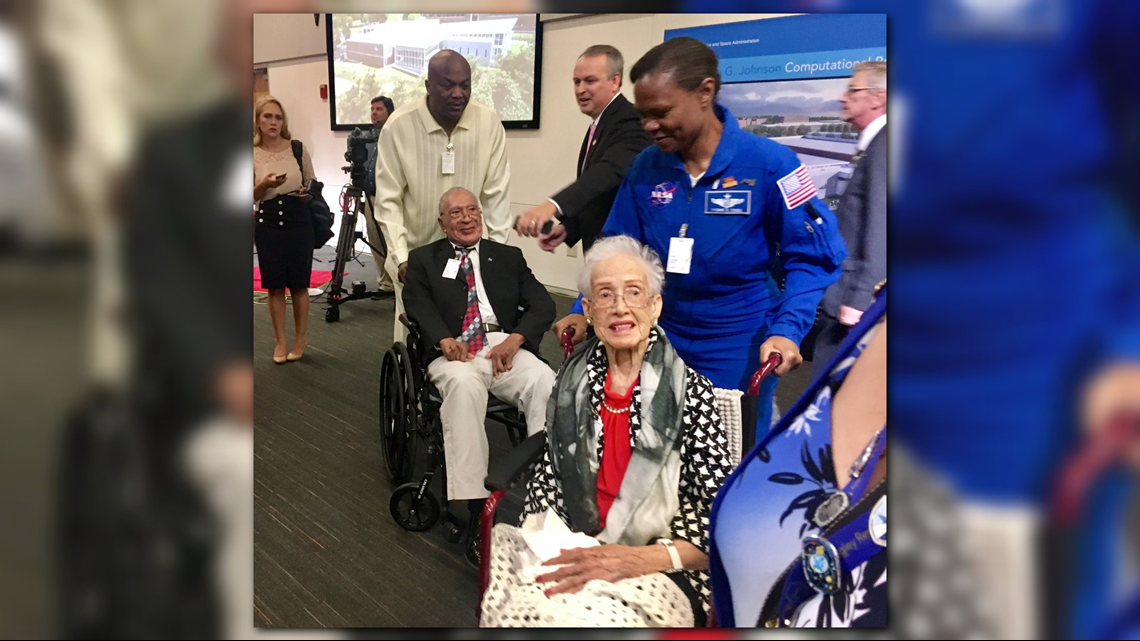


To survive, the crew had to pile into the lunar module, using it as a “lifeboat” to save what was left of the command module’s oxygen supply for re-entry. Johnson worked out the complex orbital dynamics of getting the lunar model off the lunar surface to its rendezvous with the command module in lunar orbit, then getting the reunited spacecraft back to Earth.Īnd in 1970, her work saved the lives of the Apollo 13 crew when an oxygen tank ruptured 330,000 kilometers (210,000 miles) from home. Over the next several years, Johnson’s mathematical accuracy often provided the benchmark against which NASA measured the reliability of its digital computers.Īnd in 1969, when the Apollo 11 crew flew to the Moon, they did so on a trajectory that Johnson helped calculate. Glenn trusted Johnson, though and insisted that she check the calculations before he agreed to fly. NASA had acquired some digital computers by then, but many in the agency – including Glenn – didn’t quite trust the newfangled machines yet. In fact, she calculated the flight trajectories for all of the Mercury flights, including the 1962 mission that made John Glenn the first American to orbit Earth. Even after returning to Earth, Shepard’s life depended on Johnson’s behind-the-scenes work recovery crews relied on Johnson’s impeccably precise calculations to find Freedom 7 in the vastness of the North Atlantic. And Johnson worked out the whole thing by hand. His Friendship 7 capsule lifted off from Cape Canaveral, Florida at the top of a Mercury-Redstone rocket, following a ballistic arc out of Earth’s atmosphere and into space, then back down to a watery landing in the Atlantic Ocean. And for some of the most important flights in the early space program, it was Katherine Johnson who did them.Īlan Shepard became the first American in space on May 5, 1961.
#KATHERINE JOHNSON NASA BUILDING SERIES#
That required a series of precise, complicated calculations, which in the 1960s had to be done entirely by hand. And you can’t just point a rocket up at the sky and hope for the best every flight needed a planned trajectory, and even the timing of the launch had to take into account Earth’s rotation and path around the Sun.


 0 kommentar(er)
0 kommentar(er)
